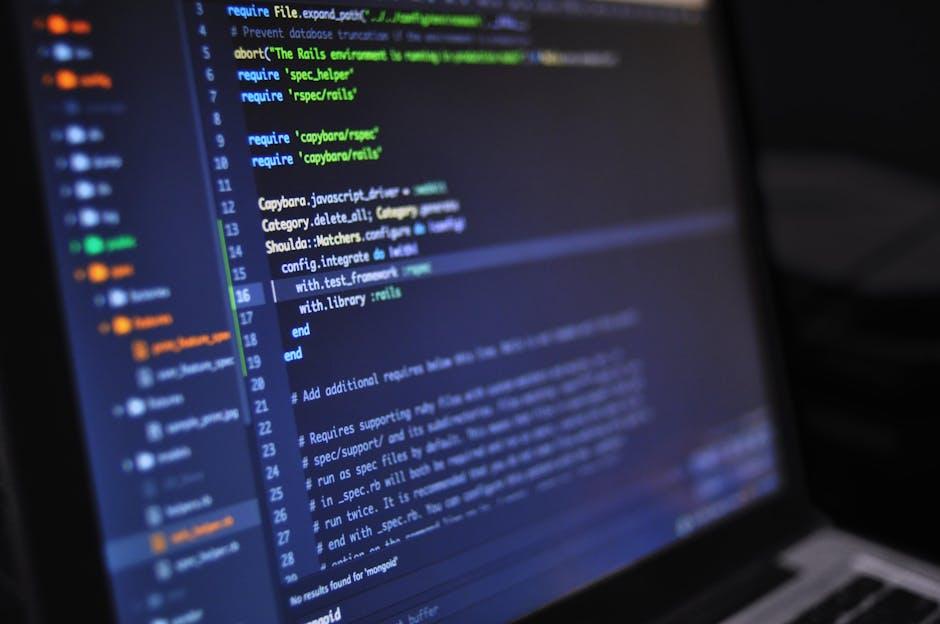In an era where technology wraps us in a digital cocoon of surveillance cameras, smart locks, and location tracking apps, the question arises: Should we entrust our sense of safety to these technological marvels, or should we lean into the age-old wisdom of our personal instincts? As we navigate this modern landscape, the balance between digital reliance and intuitive judgment becomes increasingly complex. This article delves into the heart of this debate, exploring whether our gadgets truly enhance our security or if they dull the instincts honed over generations. Join us as we unravel the intricate dance between human intuition and technological assurance, seeking to understand where true safety lies.
Balancing Bytes and Instincts: Navigating Safety in a Digital Age
In today’s interconnected world, the quest for safety often leads us to the comforting glow of our screens. With apps that track our every move, home systems that monitor our surroundings, and AI algorithms that predict potential threats, technology promises a shield against the uncertainties of life. But as we immerse ourselves in this digital safety net, it’s crucial to remember the power of our own instincts. Our innate ability to sense danger, read situations, and make split-second decisions has been honed over millennia and remains a vital part of our survival toolkit.
- Technology offers real-time updates, detailed analytics, and constant connectivity.
- Instincts provide intuition, emotional intelligence, and situational awareness.
Striking a balance between these two can create a more comprehensive approach to safety. Leverage technology for its efficiency and reach, but never underestimate the subtle cues and gut feelings that your instincts provide. In a world where digital and human elements intertwine, the challenge lies in harmonizing these aspects to craft a truly secure environment.
The Trust Factor: Evaluating Technology’s Role in Personal Security
In the digital age, technology often serves as a double-edged sword in personal security. On one hand, smart home systems, wearable devices, and mobile apps provide layers of protection that can make us feel safer. These tools offer real-time alerts, remote monitoring, and emergency connectivity, potentially preventing harm before it occurs. Yet, the reliance on technology can sometimes create a false sense of security, leading individuals to overlook the importance of their own instincts.
Balancing technology with personal intuition is key. Consider these factors:
- Awareness: Technology should enhance, not replace, our situational awareness.
- Adaptability: Trust your gut feelings when technology fails or provides ambiguous signals.
- Privacy: Evaluate the trade-offs between security features and personal data exposure.
- Redundancy: Use technology as a supplement, not a substitute, for personal vigilance.
Ultimately, a harmonious blend of tech tools and human instincts can create a robust personal security strategy.

Instinct vs. Innovation: Crafting a Holistic Safety Strategy
In today’s rapidly evolving landscape, crafting a safety strategy requires a delicate balance between leveraging cutting-edge technology and tapping into our innate instincts. Technology, with its precision and data-driven insights, offers unparalleled advantages. From smart home devices that monitor security to AI-powered systems predicting potential threats, tech provides a sense of control and reassurance. However, relying solely on these innovations might lead to a false sense of security.
Personal instincts, honed over generations, play a crucial role in identifying subtle cues that technology might overlook. Our instincts prompt us to notice changes in our environment and respond to unforeseen situations. A holistic approach should consider:
- Integrating tech solutions with human intuition.
- Training to enhance situational awareness.
- Encouraging community-based safety practices.
By marrying instinct with innovation, we can create a robust safety net that is both adaptive and resilient.

Empowering Awareness: Harmonizing Technology with Human Intuition
In an age where technology seamlessly integrates into our daily lives, the balance between digital reliance and personal intuition becomes increasingly nuanced. On one hand, advanced tools offer instant alerts and real-time data, providing a sense of security that is both tangible and comforting. Consider the benefits of:
- Smart home systems that monitor every corner of our living spaces.
- Wearable tech that tracks our health and wellbeing.
- GPS and navigation apps ensuring we never lose our way.
Yet, as we become more entwined with these digital safeguards, there’s a subtle risk of dulling our natural instincts. Human intuition, honed over millennia, offers a depth of perception that technology cannot replicate. It’s the quiet voice urging caution or the gut feeling steering us away from unseen dangers. By fostering an awareness that harmonizes both realms, individuals can cultivate a security strategy that is both informed and instinctual, embracing technology’s precision while honoring the profound wisdom of their own senses.



